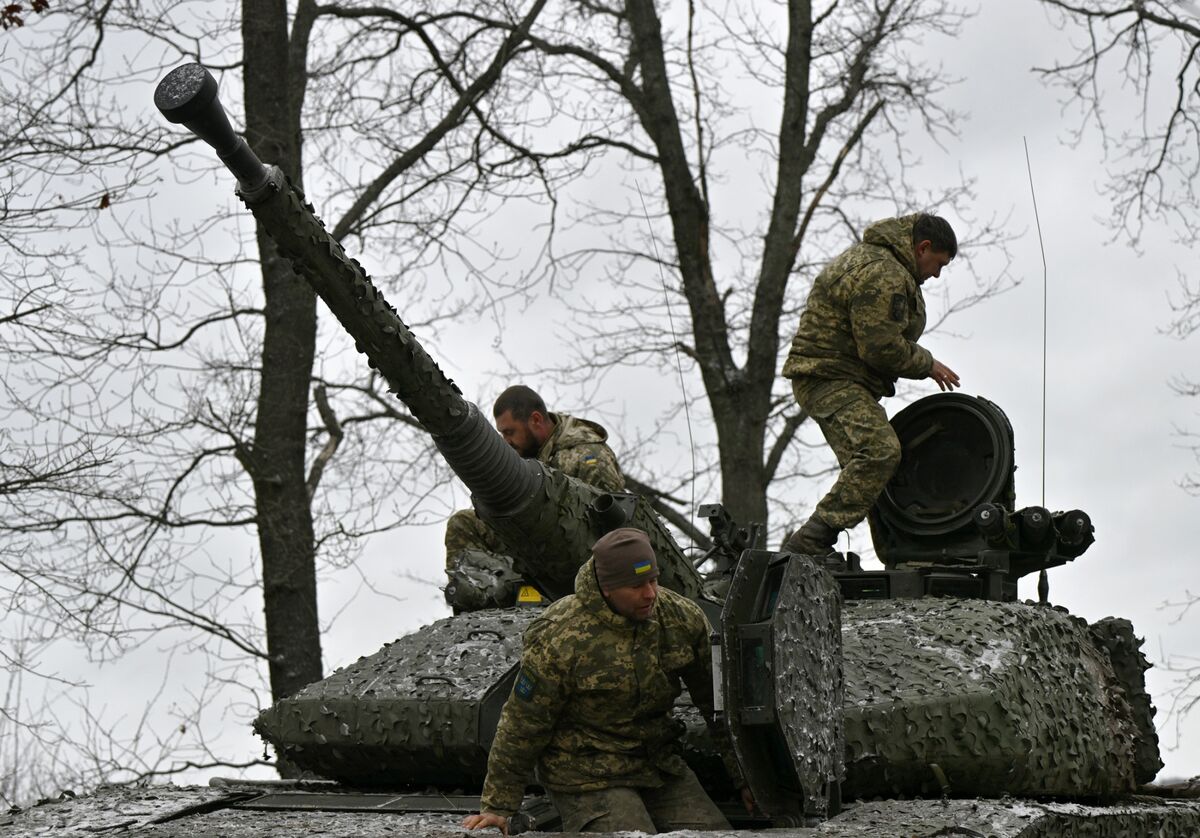In recent combat operations within the Kharkiv region, a brigade of the Ukrainian Armed Forces deployed several Rosomak IFVs. Despite numerous attempts by Russian forces to neutralize these vehicles using Lancet drones, all attempts have been thwarted, showcasing the Rosomak's robust defense and mobility.
Significant international support enabled the procurement of these vehicles, a total of 200 KTO Rosomak IFVs. The deliveries started in July 2023 and were made possible through the European Union and the United States funding. This international backing underscores the global recognition of Ukraine's strategic importance amidst its conflict with Russia.
Open-source information confirms the delivery timeline and the international funding assistance, underscoring the strategic partnerships bolstering Ukraine’s military capabilities. The Rosomak IFVs, known for their advanced armor and high mobility, are a formidable asset in the ongoing conflict.
The Rosomak armored vehicle, developed in the early 2000s, entered service with the Polish Army in 2005. It is based on the Finnish Patria AMV (Armored Modular Vehicle) and produced under license by Wojskowe Zakłady Mechaniczne (WZM) in Poland.
The Rosomak IFVs, depending on their configuration, are equipped with a variety of armaments. The standard IFV variant features a 30mm Mk 44 Bushmaster II automatic cannon and a 7.62mm coaxial machine gun, and can also be outfitted with anti-tank guided missiles. Its mobility is ensured by an 8x8 wheeled chassis powered by a Scania DI 12 diesel engine, providing it with a maximum speed of around 100 km/h and an operational range of approximately 800 km. The vehicle's design allows it to traverse various terrains and obstacles, making it highly versatile on the battlefield.
{According to recent feedback from Ukrainian soldiers, the exceptional mobility and resilience of the Polish-made Rosomak Infantry Fighting Vehicles (IFVs)

www.armyrecognition.com
As usual, the first part of the meeting included updates on the critical situation on the ground, particularly the Russian offensive around Kharkiv and attacks on Ukrainian civilian infrastructure. This was followed by presentations on the most urgent needs of the Ukrainian Armed Forces and their long-term requirements.
During the ministers' speeches, Robles emphasized the collective obligation to "urgently provide the support that Ukraine deserves and needs" given the critical situation on the ground. She highlighted Spain's considerable efforts, particularly in training, and provided updates on the preparation of the substantial aid package to be delivered to Ukraine with contributions from the Spanish defense industry.
Spain has already sent tanks to the Ukrainian Armed Forces. In 2023, it had sent nearly 10 Leopard 2A4 tanks and began preparing the delivery of 19 more Leopard 2A4s.
The Leopard 2A4 is a main battle tank designed by Germany, characterized by its firepower, enhanced protection, and mobility. Its primary armament includes a 120mm L55 smoothbore gun, accompanied by a coaxial 7.62mm machine gun and an anti-aircraft 7.62mm machine gun mounted on the loader's hatch. This tank features standard-spaced multilayer armor, with improved protection over the front of the turret and spall liners inside the turret to enhance crew safety. Used by numerous countries, the Leopard 2A4 is recognized for its combat effectiveness. It weighs 62,000 kg in combat conditions, allowing it to reach a maximum road speed of 72 km/h.
The Leopard 2A4 has accessories such as infrared night vision and an NBC (nuclear, biological, and chemical) protection system, increasing its operational capabilities in various environments. It has a range of 500 km, enabling prolonged deployments without frequent refueling. With a crew of four, this tank measures 7.70 meters in length, 3.70 meters in width, and 3.00 meters in height, offering an optimal balance of firepower, protection, and mobility on the battlefield.
The precise date of the delivery of the second batch of Leopard 2A4 tanks has not been disclosed, likely for security reasons. While the support of battle tanks is paramount for the forces, a small number of such tanks will not alter the balance of power on the Ukrainian front.






